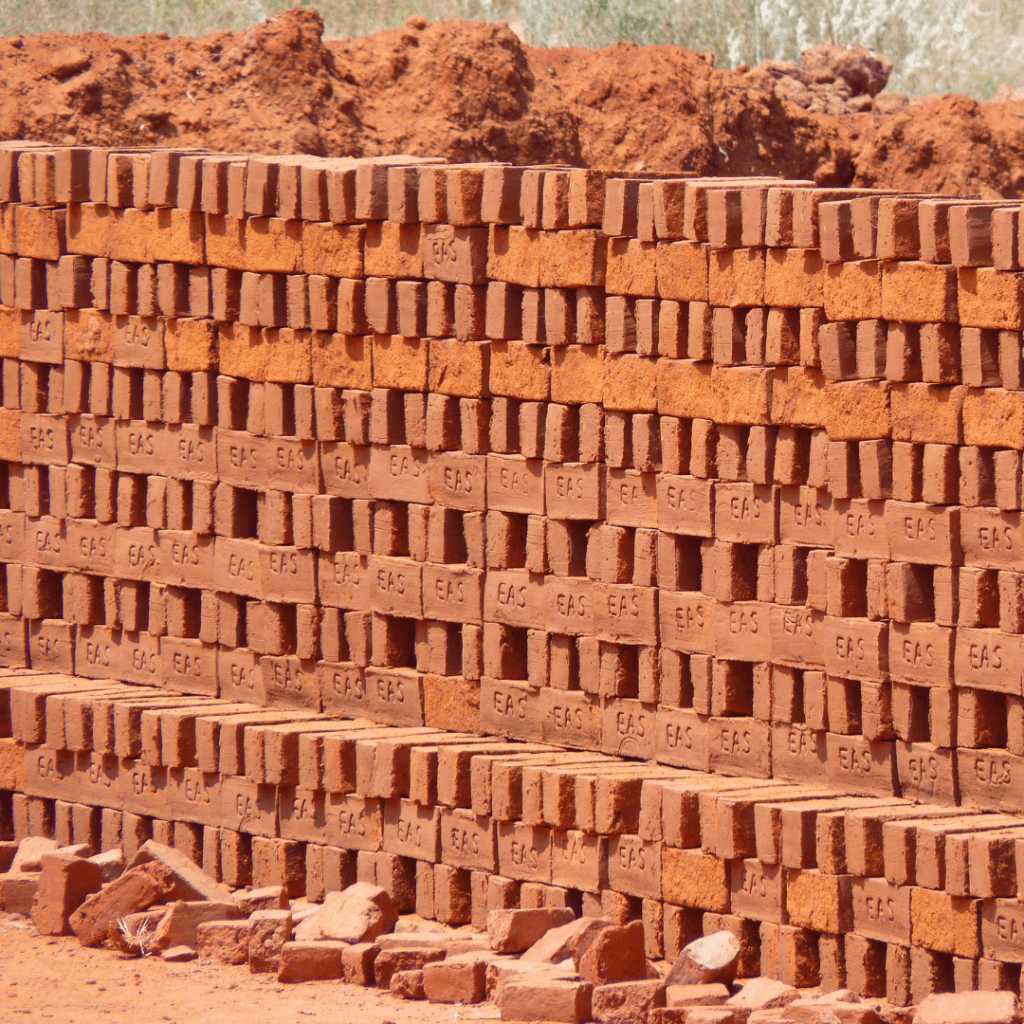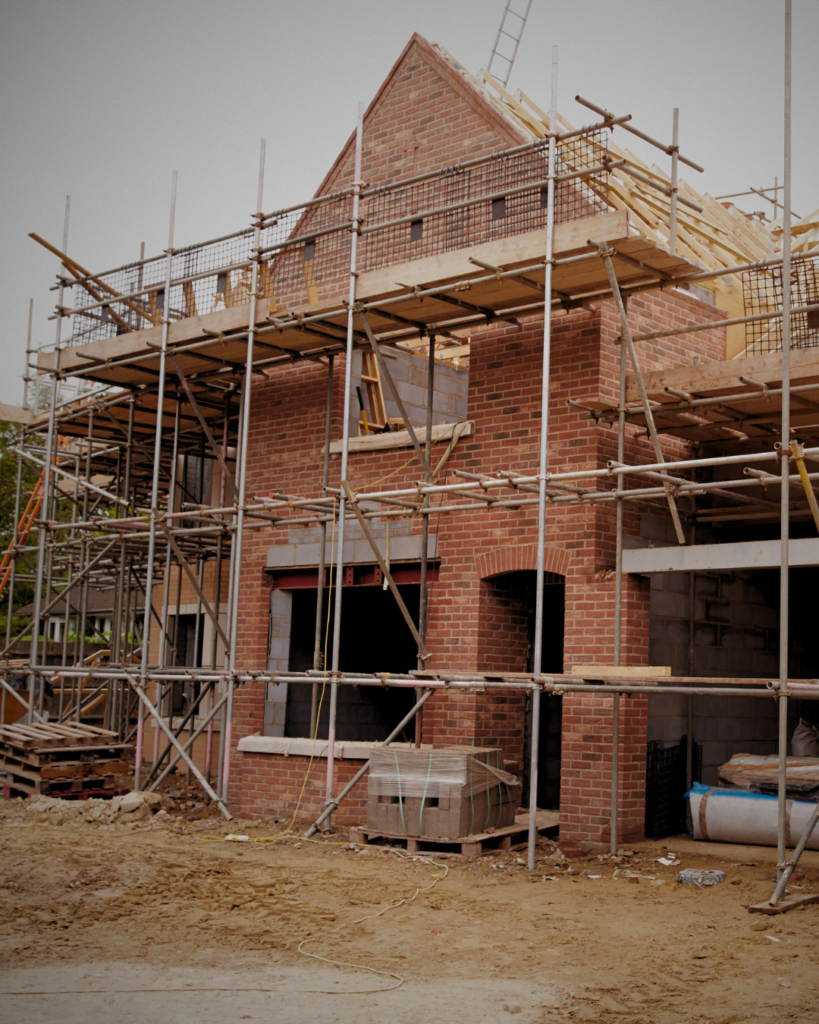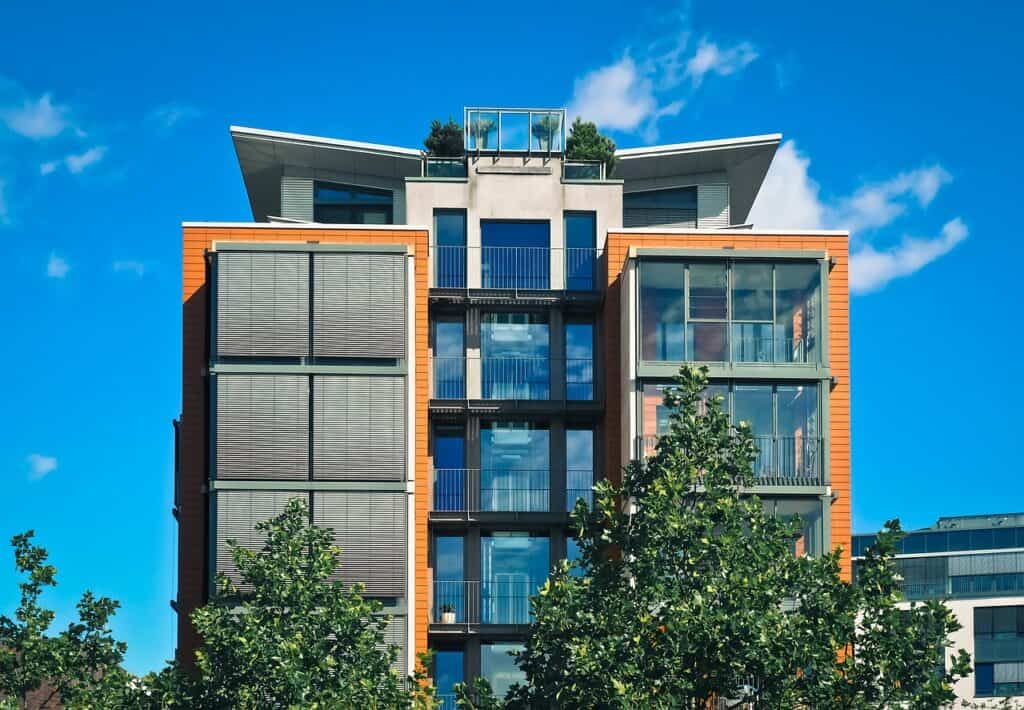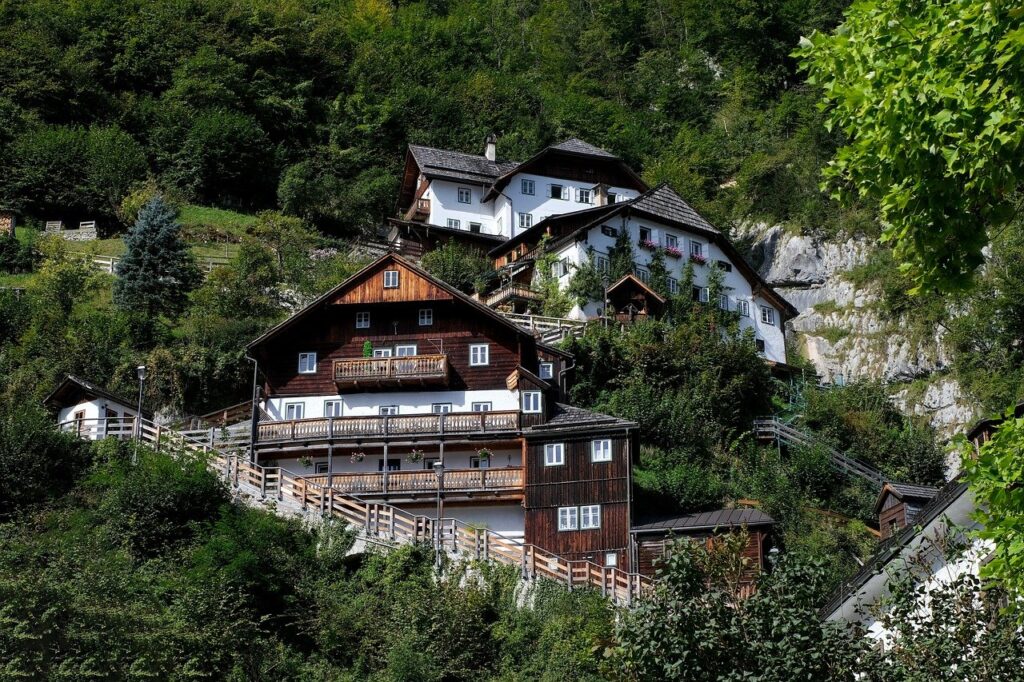Planning a construction project in Nepal is an exciting venture, but it comes with a major question mark: the budget. As costs for materials and labor continue to evolve, one of the most significant expenses you’ll face is for bricks. They are, quite literally, the foundation of your project. But figuring out the actual brick price in Nepal can feel like navigating a maze of suppliers, types, and hidden costs.
You need clear, reliable, and up-to-date information to make a smart investment. This guide is here to deliver just that. We’ll break down the costs of different brick types, explore what influences the final price tag, and give you practical tips to ensure you get the best quality for your money. Before you lay the first brick, having a solid plan is key. If you’re at the beginning of your journey, you can explore our house design services in Nepal to start your project on the right foot.
Understanding the Current Brick Market in Nepal (2025)
The brick market in Nepal is dynamic, influenced by several key factors. The price you are quoted can change based on the season, with demand typically surging after the monsoon. Your location also plays a huge role; prices in the Kathmandu Valley will differ from those in the Terai or more remote hilly regions due to transportation costs.
To give you a clear starting point, here is a snapshot of the estimated prices for common brick types in Nepal for 2025.



| Brick Type | Estimated Price per Piece (NPR) | Key Feature |
| Traditional Red Brick (Aval) | रु 18 – रु 24 | Strong, Widely Available, Classic Look |
| Chinese Brick | रु 22 – रु 28 | Uniform Size, Smooth Machine Finish |
| Interlocking Bricks | रु 45 – रु 65 | Mortar-less, Fast & Easy Construction |
| Fly Ash Bricks | रु 16 – रु 22 | Eco-friendly, Lightweight, Good Insulation |
| AAC Blocks | रु 200 – रु 300 (per block) | Superior Insulation, Lightweight, Large Size |
Disclaimer: These prices are estimates and can vary based on the supplier, your order quantity, location, and the current market demand. Always get a direct quote before finalizing your budget.
A Closer Look at Different Brick Types
Choosing the right brick price in Nepal goes beyond the price—it’s about matching the material to your project’s needs. Let’s explore the most popular options.
Traditional Bricks: The Foundation of Nepali Homes
When you picture a Nepali house, you’re likely thinking of traditional red bricks. These have been the backbone of construction for generations. They are categorized by quality:
- Aval (First-Class): These are the highest quality bricks. They are well-burnt, have a uniform shape, a clear ringing sound when struck, and minimal breakage. They cost more upfront but save money by reducing wastage.
- Number Dui (Second-Class): Slightly irregular in shape or color, with a higher chance of minor cracks. They are a budget-friendly option for non-structural walls.
- Number Tin (Third-Class): These are under-burnt and fragile, generally used for temporary structures or crushed into aggregates.
Chinese Brick Price in Nepal: Why is it So Popular?
The demand for machine-made bricks has skyrocketed, and for good reason. The Chinese brick price in Nepal is competitive, but its main appeal lies in its consistency. Produced using modern kiln technology, these bricks offer a perfectly uniform size of brick price in Nepal and a smooth, almost flawless finish. This makes them ideal for projects requiring a clean, modern aesthetic and results in less mortar usage and faster plastering work.
For a more detailed analysis, check out our complete guide to Chinese brick price in Nepal.
Interlocking Brick Price in Nepal: The Modern Alternative
Imagine building a wall like you would with LEGO blocks. That’s the core idea behind interlocking bricks. These bricks are designed to lock into each other without needing mortar in the vertical joints. While the interlocking brick price in Nepal is higher per piece, the savings come from reduced labor costs, faster construction speed, and significantly less cement usage. They are an excellent, earthquake-resilient choice for modern construction.
Fly Ash Brick Price in Nepal: The Eco-Friendly Choice
As sustainability becomes more important in construction, fly ash bricks are gaining traction. Made from the industrial by-product of burning coal, these bricks are lighter than traditional ones and offer better thermal insulation, keeping your home cooler in the summer and warmer in the winter. The fly ash brick price in Nepal is often lower than traditional bricks, making it a win for both your wallet and the environment.
Beyond the Price: Factors That Influence Your Total Cost
The price per brick is just one part of the equation. Several other factors will determine your final bill:
- Quality & Grade: Opting for Aval (first-class) bricks might seem expensive, but since they have less than 5% wastage compared to 15-20% for lower grades, you buy fewer bricks overall.
- Transportation & Location: Fuel costs and road accessibility are huge factors. A supplier located 5 km away will be far cheaper than one 50 km away. Always try to source from a kiln near your construction site.
- Supplier & Brand: Reputable brick kilns and suppliers have a brand to protect. They may charge a slight premium, but they also guarantee quality and consistency.
- Order Quantity: Like any product, buying in bulk gives you negotiating power. A full truckload (tipper) will always have a better per-piece price than a few hundred bricks.
- Seasonality: Prices are often lowest during the monsoon (Jestha to Bhadra) when construction slows down. They peak in the post-monsoon months (Ashwin to Magh) when building activity is at its highest.
Designing with Bricks: Texture, Walls, and Aesthetics
Bricks aren’t just structural; they are a powerful design element. Targeting keywords like brick texture and brick wall can unlock stunning visual ideas for your home.
Creating the Perfect Brick Texture
An exposed brick wall can add warmth, character, and a rustic-industrial feel to any room. You can leave the natural red color, apply a whitewash for a softer look, or paint it a bold color to create a feature wall. The bonding pattern—the way bricks are laid—also creates a unique brick texture, with English bond and Flemish bond being the most popular.
Ideas for a Stunning Brick Wall
- Interior Accent Wall: Use exposed brick in your living room behind the TV or in the kitchen as a backsplash.
- Garden and Boundary Walls: A classic brick wall provides security and a timeless look for your property’s perimeter.
- Façade: Combining brick with other materials like wood or plaster can create a visually interesting and modern exterior.
A beautiful brick wall can be the centerpiece of your home. If you need help with the overall aesthetic, our partners at Interior Designer NP can help you create a stunning interior. For more visual ideas and to see how we incorporate brick in our projects, check out the latest work on our Instagram.
How to Buy Bricks in Nepal: A Step-by-Step Guide
Arm yourself with knowledge before you make a purchase.
Step 1: Calculate Your Requirement First, determine the square footage of your walls. The standard size of brick in Nepal is 240 x 115 x 57 mm. As a general rule, you will need approximately 50-55 bricks per square meter for a single-layer wall. Always add 5-10% extra to account for cutting and potential wastage.
Step 2: How to Check Brick Quality (Simple Field Tests) You don’t need a lab to check for quality. Perform these simple tests on-site:
- Uniformity Test: Line up 20 bricks. They should all have a consistent size, shape, and color.
- Hardness Test: Try to scratch a brick with your fingernail. If it leaves a mark, the brick is too soft and under-burnt.
- Soundness Test: Strike two bricks together. They should produce a sharp, metallic ringing sound, not a dull thud.
- Drop Test: Drop a brick from a height of about 1 meter onto soft ground. It should not shatter or break.
- Water Absorption Test: A good brick, when soaked in water for 24 hours, should not absorb more than 20% of its dry weight.
Step 3: Get Quotes from Multiple Suppliers Don’t settle for the first price you get. Contact at least three different suppliers. Ask for the per-piece price, transportation costs, and unloading charges.
Step 4: Finalize the Deal and Arrange Delivery Once you’ve chosen a supplier, confirm the total cost and delivery schedule. Ensure you get a proper invoice (bill) for your records.
Call to Action (CTA): Let Us Help You Build with Confidence
Feeling overwhelmed by the choices? At House Design in Nepal, we don’t just design homes—we guide you through the entire construction process. Our experts can help you select the right materials at the best price, ensuring your project is built on a foundation of quality and trust.
Stay updated on the latest construction trends and material prices in Nepal by following us on Facebook.
Frequently Asked Questions (FAQs)
Q1: What is the average price of a first-class brick in Kathmandu? A: The average price for a first-class (Aval) red brick in Kathmandu currently ranges from NPR 18 to NPR 24 per piece. This price can fluctuate based on the supplier, transportation costs, and order volume.
Q2: Are Chinese bricks better than Nepali bricks? A: “Better” depends on the goal. Chinese bricks offer superior uniformity and a smoother finish due to machine manufacturing, which is great for aesthetics and can speed up work. However, high-quality traditional Nepali bricks are renowned for their strength and durability, proven over generations.
Q3: How can I save money on bricks? A: To save money, buy in bulk directly from the kiln if possible, purchase during the monsoon (off-peak season), and always compare quotes from multiple local suppliers to minimize transportation costs.
Q4: What is the standard size of a brick in Nepal? A: According to the Nepal National Building Code, the standard modular brick size is 240 mm x 115 mm x 57 mm. Non-modular traditional bricks may vary slightly.
Q5: Are interlocking bricks good for houses in Nepal? A: Yes, interlocking bricks are an excellent option for Nepal. They are considered earthquake-resilient due to their locking mechanism, can reduce construction time by up to 50%, and lower labor costs as they require significantly less mortar.



